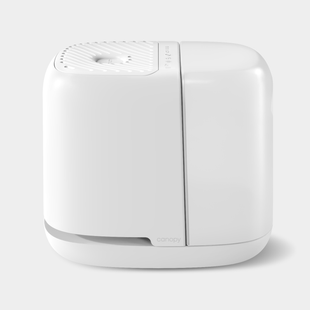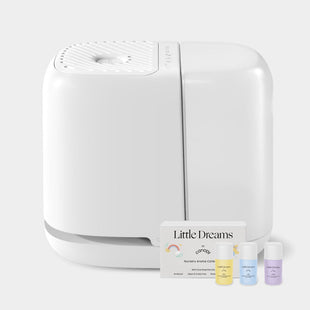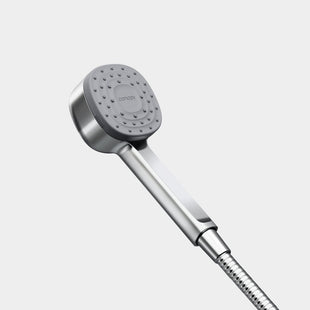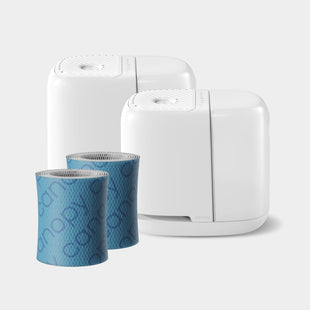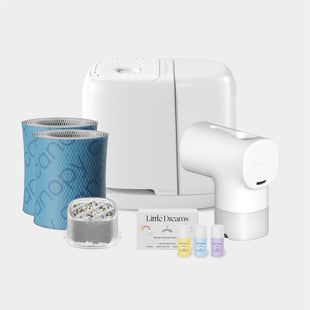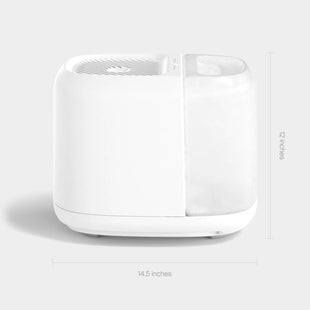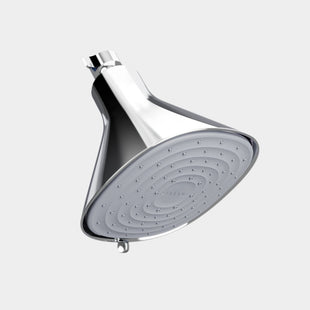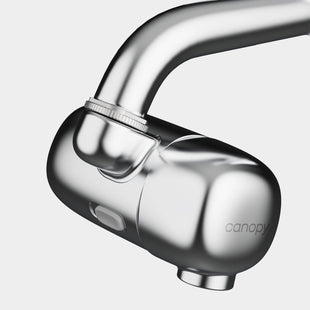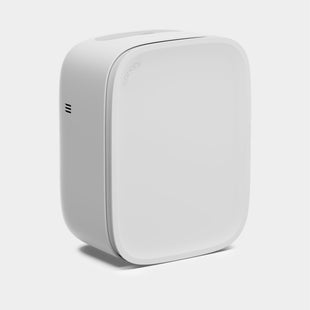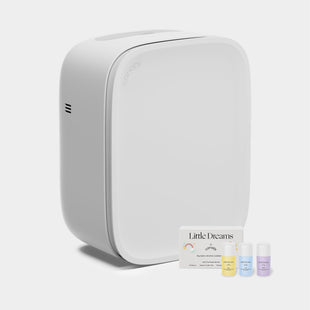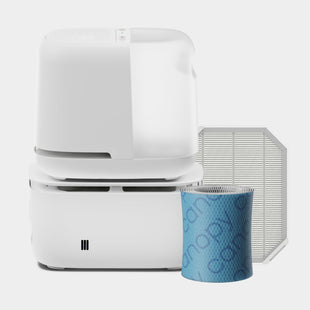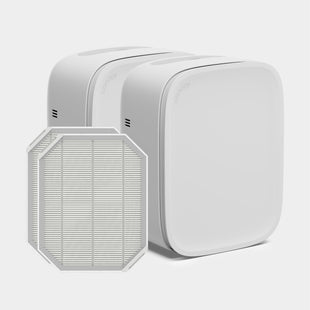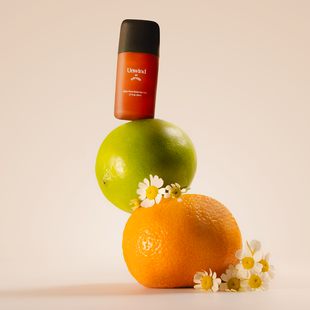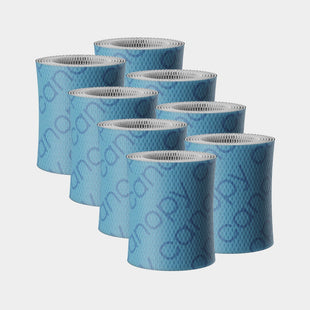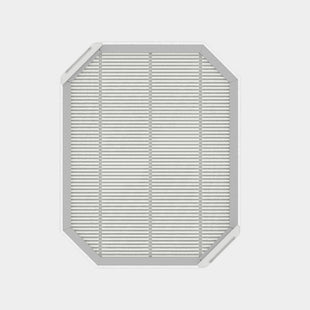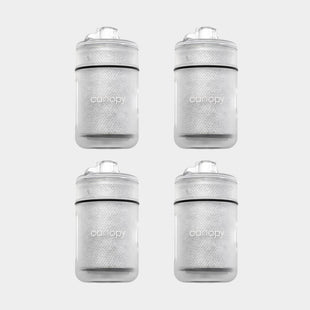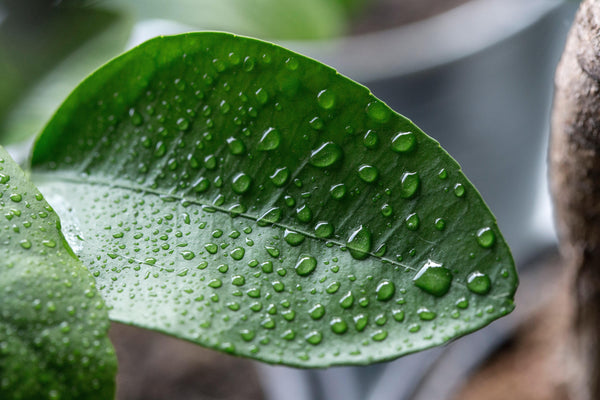A humidifier is one of the best micro-investments you will make for your health, the health of your family, and the longevity of your home. Now that you understand how a humidifier actually works, you probably have a few questions about humidity levels like:
- How is humidity measured?
- What does “humidity level” mean?
- What is a comfortable humidity level?
These are great questions. Understanding humidity levels and the optimal humidity level for your home will ensure a happy, healthy, and harmonious home all year long.
What is Humidity?
First, let’s define humidity to provide a foundation from which to dissect humidity levels and “optimal” humidity.
Humidity refers to the presence of moisture or water vapor in the air. We often give little to no thought about humidity unless it smacks us in the face. When humidity is excessive, the result is a muggy, sticky summer day in Florida. Low humidity or the absence of humidity is best exemplified by a frigid, windy, winter day in the great city of Chicago.
When water from the ocean, seas, and lakes evaporate into the atmosphere, the result is humidity. When the atmosphere has more humidity than it can hold, it condenses into rain and re-enters the large bodies of water in Mother Nature’s wonderful environmental cycle.
What Does “Humidity Level” Mean?
Humidity level is equivalent to relative humidity; these terms are often used interchangeably. Relative humidity (RH) is an important concept to understand. Relative humidity measures the total amount of moisture in the air compared to the total amount of moisture that can be held at that particular temperature.
RH is expressed in a percentage, i.e. 40% humidity or 10% humidity. If you watch your local news weather report tomorrow morning, the meteorologist will reference humidity as such: “Temperatures are on the rise and summer is finally here. We have a high today of 85 with 45% humidity and a low of 62 degrees.”

Higher temperatures can hold more moisture than lower temperatures. This is why humidity levels increase during the summer months and decrease during the winter months.
Indoor Humidity vs. Outdoor Humidity
Humidity levels can be drastically different inside and outside. How does that happen?
Well, let’s say it is way cold outside at a chilly 30 degrees (scarf and Patagonia weather). The weather report says 100% relative humidity; since colder temperatures contain less moisture than warmer temperatures, this 100% RH does not feel humid by any means. You obviously cannot efficiently function at 30 degrees indoors, so you set your heater to 72 degrees to combat the cold. Since your heater recycles air from outdoors, it draws in the frigid, outdoor air with 100% humidity, heats it up, and pumps it through your vents.
The warm air pushed through your vents has the same absolute humidity (total amount of moisture regardless of temperature) as the air outside. But, since the temperature of the air is higher, the humidity level drops. The result is super dry air that dehydrates your skin, causes dry throat and cough, makes your eyes water, and feels generally uncomfortable.
What is a Comfortable Humidity Level?
Obviously 0% humidity is painstakingly low and 100% humidity is disgustingly high, so what is the “sweet spot” for maximum comfort?
While the perfect humidity level is largely based on your personal preference, the optimal humidity range is between 40% and 60%. If you suffer from allergies, chronic dry skin, if you have lots of houseplants, or if you have a baby or small child, your ideal humidity level may vary within the optimal range.
Humidity levels that are below 40% or above 60% tend to present issues that may negatively affect your home environment.
Too High Humidity Levels
When humidity levels exceed 60%, aside from being physically uncomfortable (think hot and sticky), you may introduce mold into your home.
Mold is the catalyst to a variety of illnesses and respiratory conditions. In fact, 21% of the annual, reported cases of asthma can be attributed to mold and damp indoor air. If you have asthma or allergies, high humidity levels can exacerbate your symptoms.
In addition, dust mites love humidity. These nasty, microscopic creatures thrive in higher levels of humidity and pose a serious threat to individuals who suffer from asthma or allergies.
Too Low Humidity Levels

Low humidity levels bring their own baggage. Low humidity sucks moisture from the body, which can result in the following symptoms:
- Dry, itchy skin
- Eczema or psoriasis outbreak
- Dry scalp
- Chapped or cracked lips
- Watery eyes
- Accelerated skin aging and defined wrinkles, crows feet, and fine lines around the mouth and nose
- Dry throat or cough
- Congestion or runny nose
If that wasn’t enough, low humidity levels increase the survival rate and trajectory of airborne pathogens. The result: a higher chance you will catch a cold, the flu, or any other viruses floating around in the ether.
For the cherry on top, low humidity can actually impact the foundation of your home. When wood gets too dry, it cracks and splinters, which can damage structural integrity. If you have wood floors, wood furniture, wood walls, or anything made of wood, it is a good idea to maintain optimal humidity levels in your home to save money and ensure your safety.
How to Measure Humidity Levels
While humidity levels require a formula for accurate measurement, a hygrometer will automatically measure the humidity level of your home (so you can put that calculus book from college away).
Some smart thermostats have a built-in hygrometer, which is handy. If you have a good, old-fashioned thermostat, you can find a great hygrometer at a low cost on Amazon, Target, Bed Bath & Beyond, or anywhere home appliances are sold.


